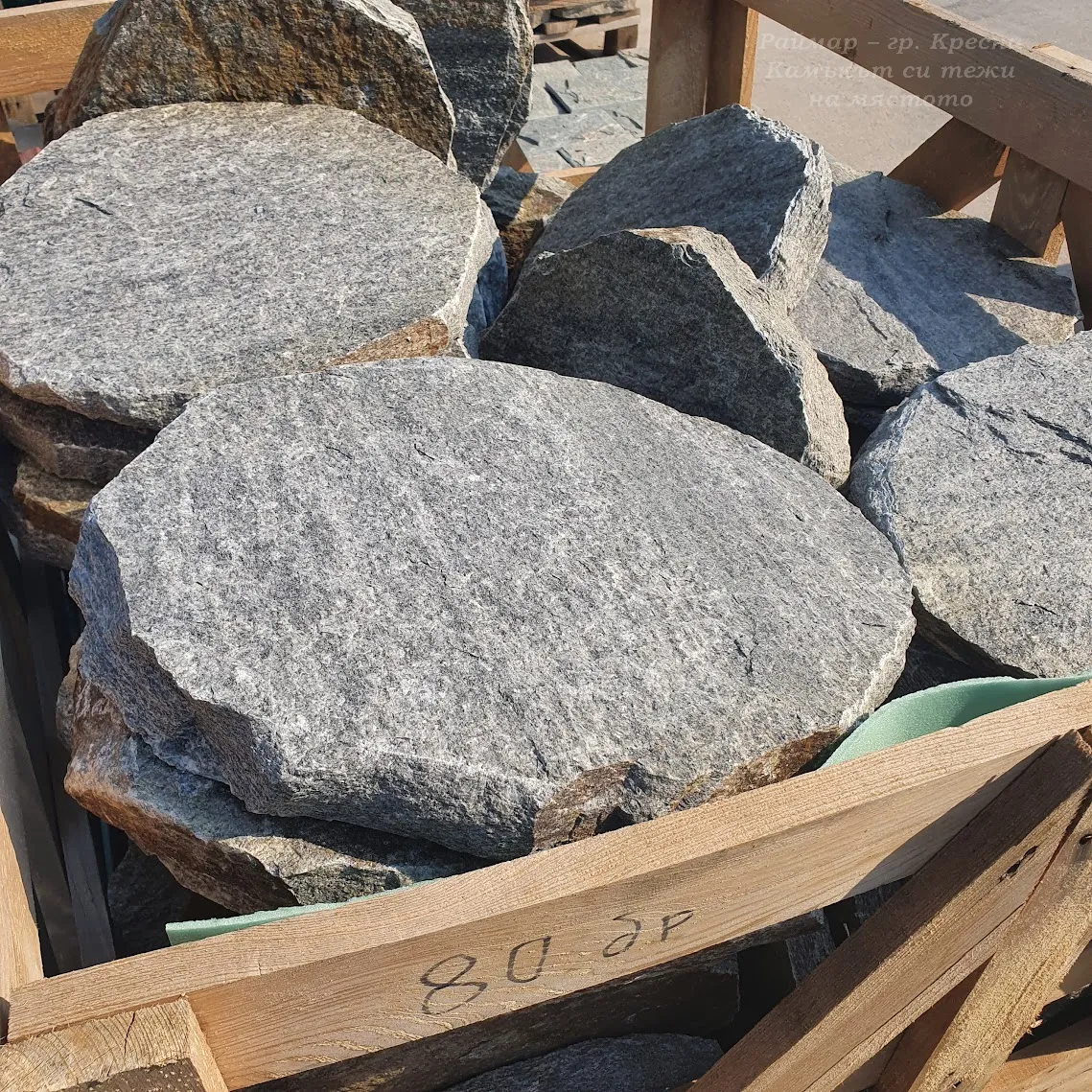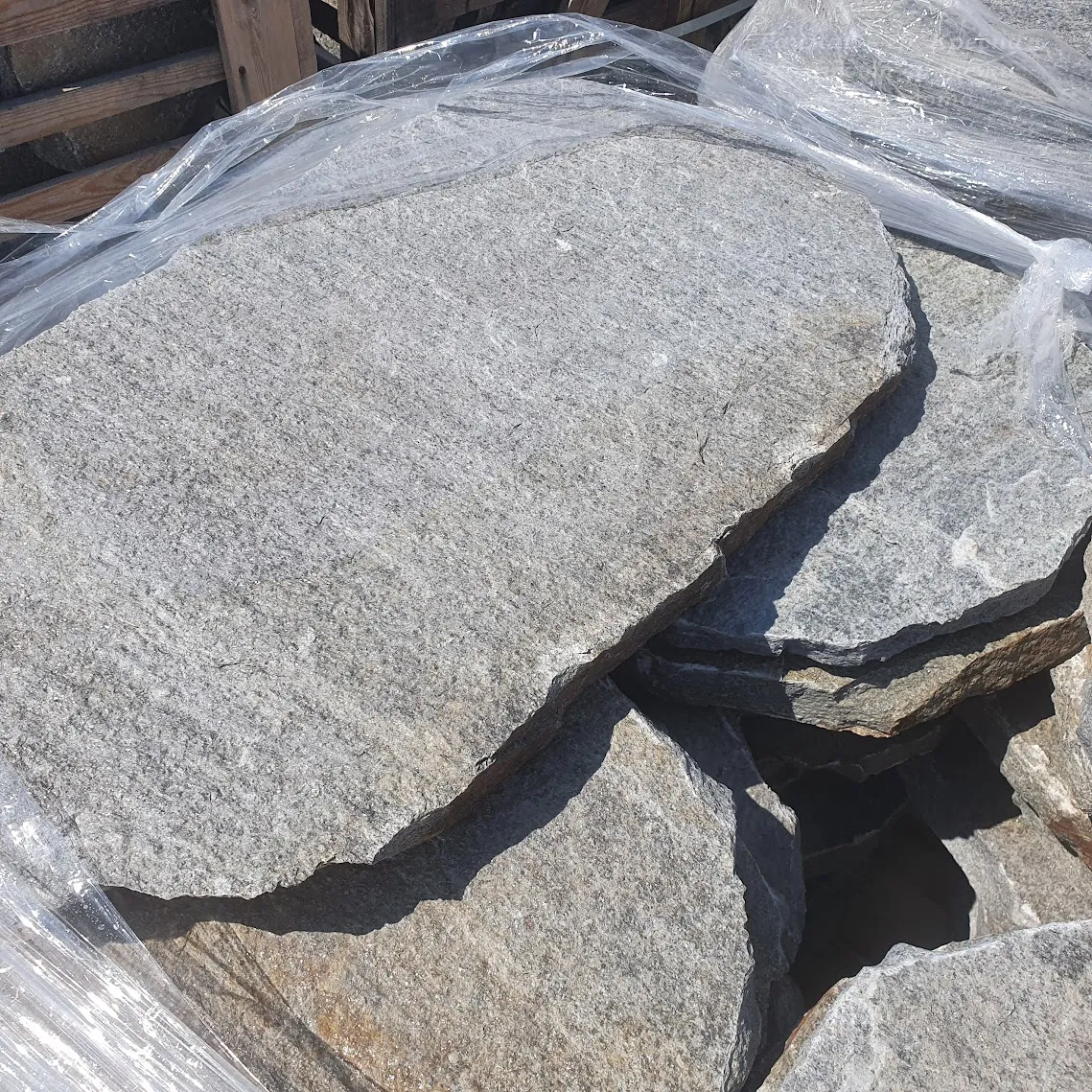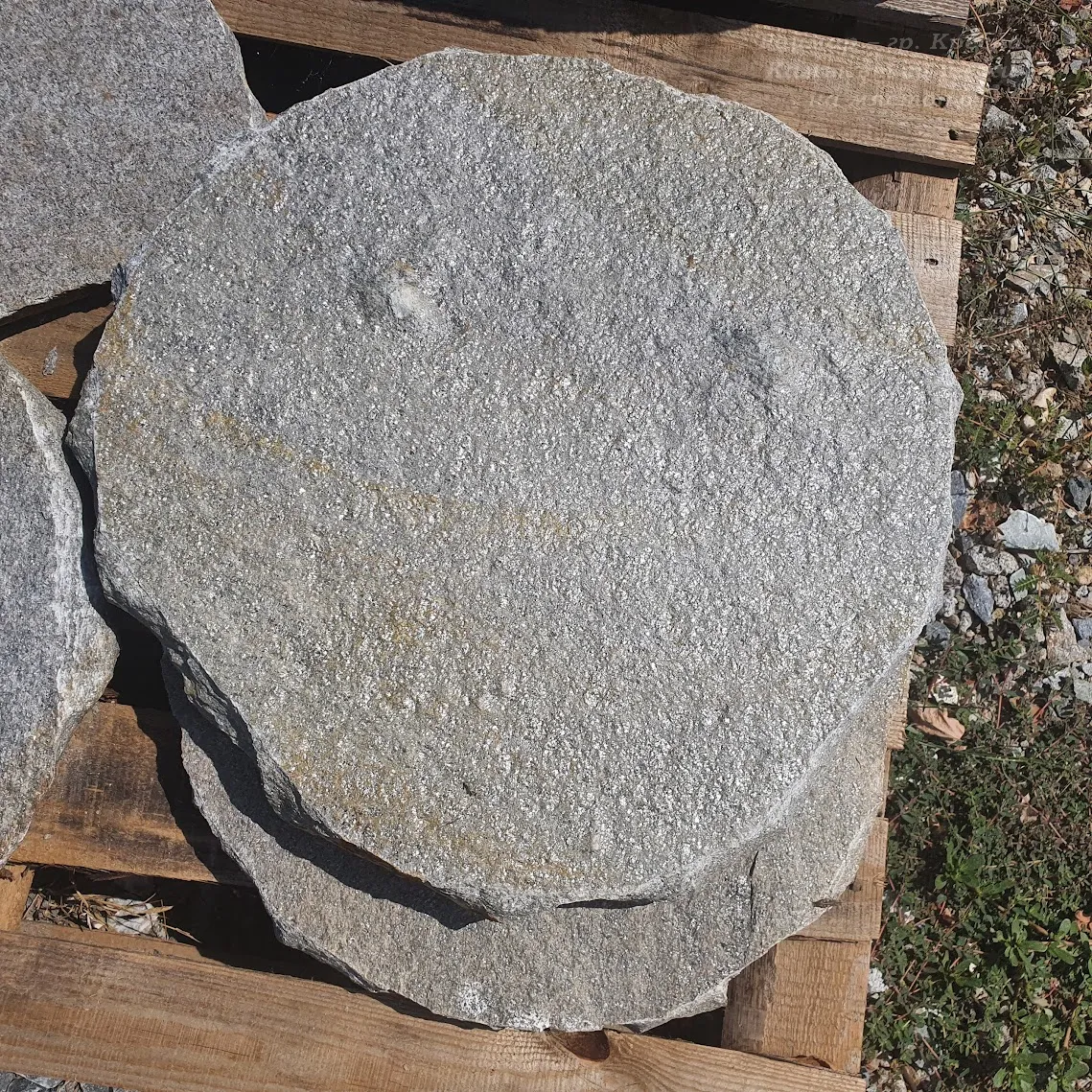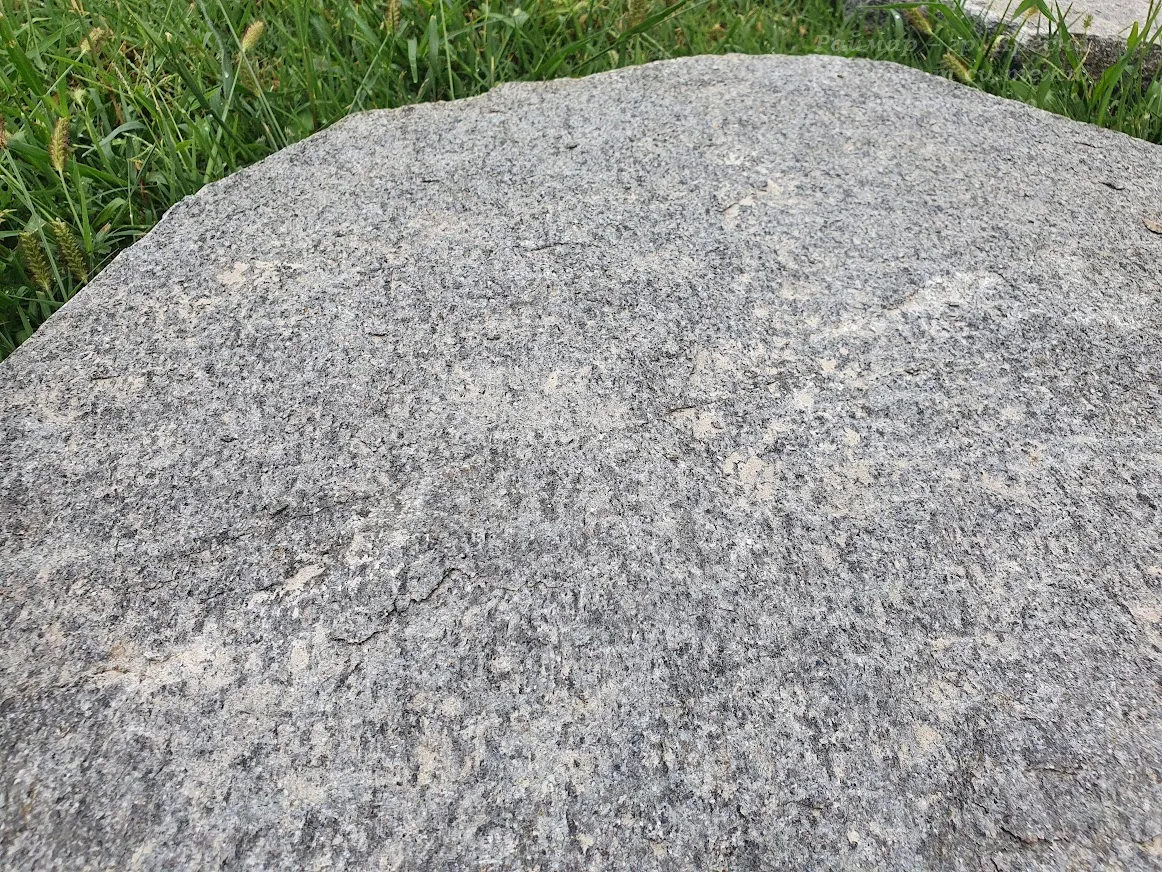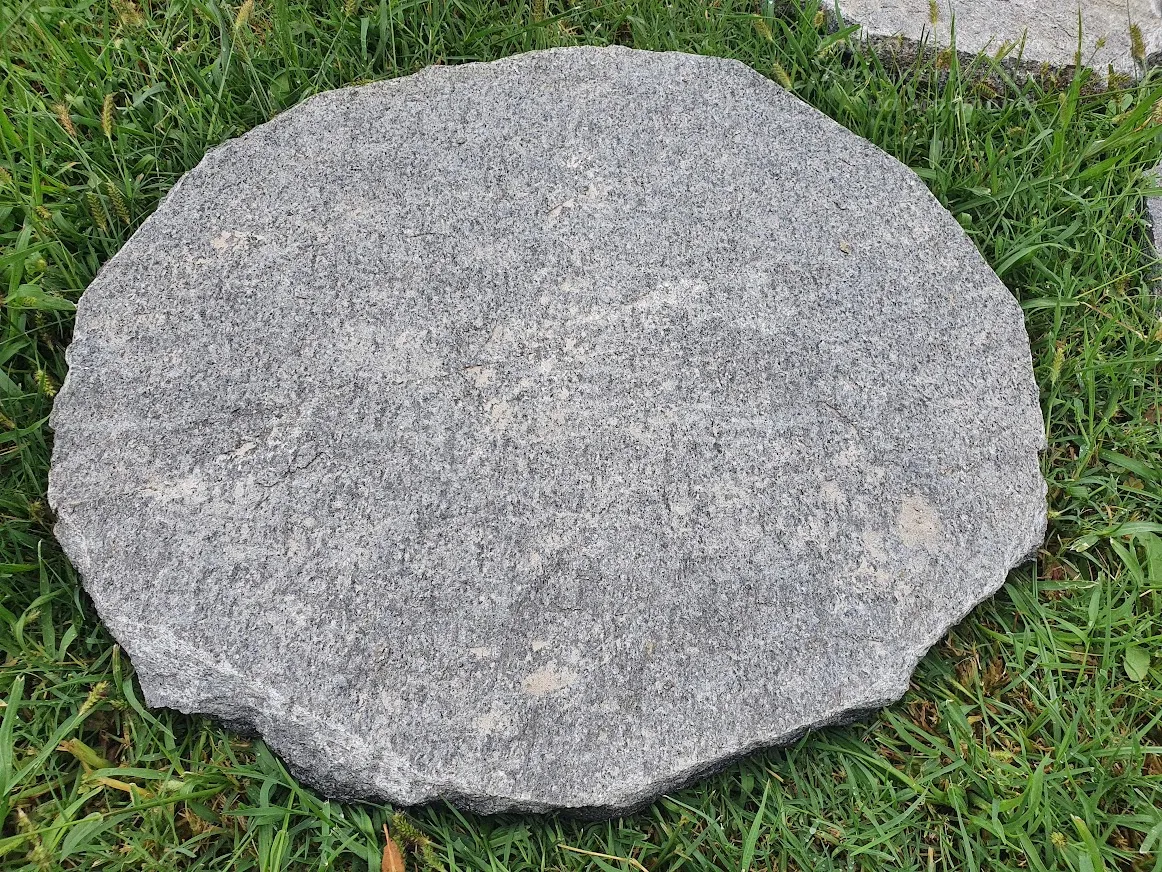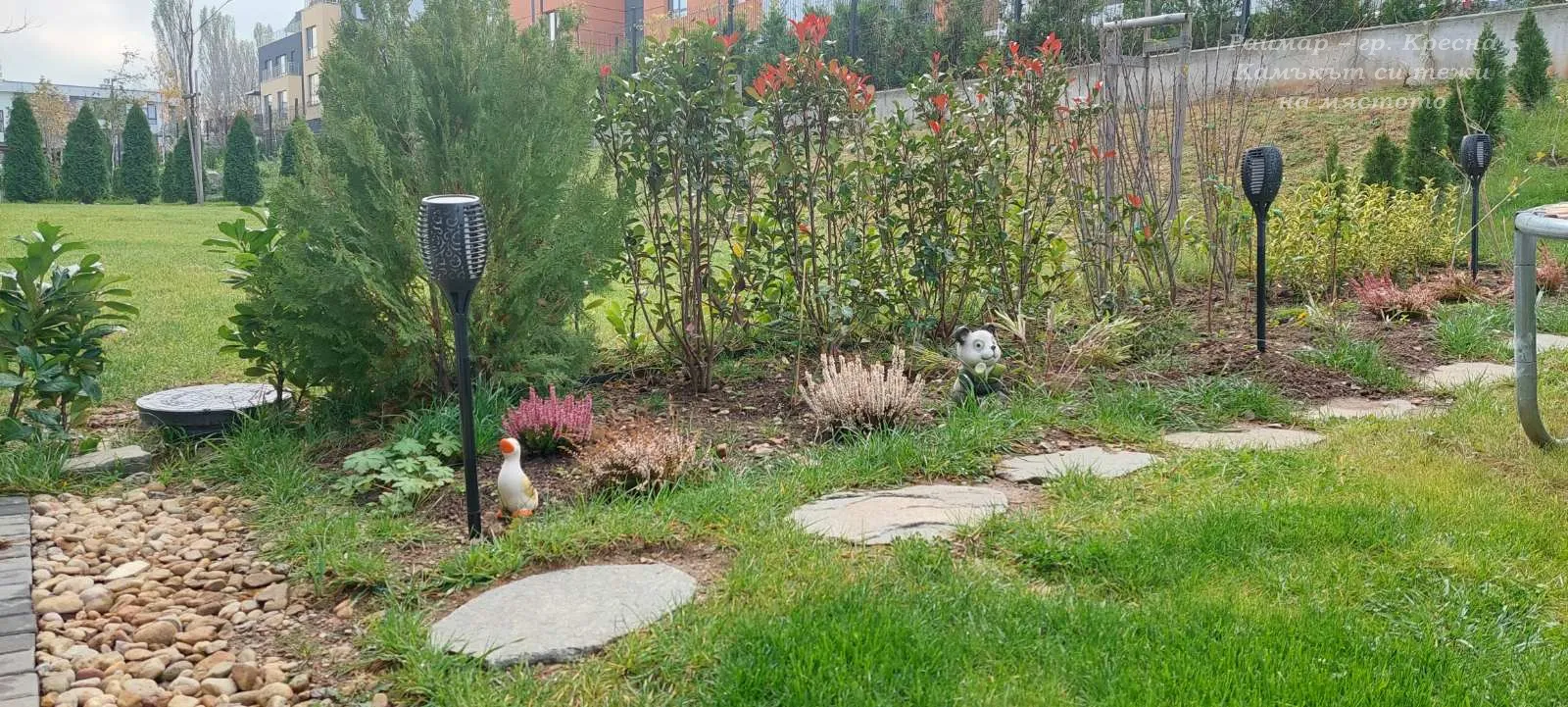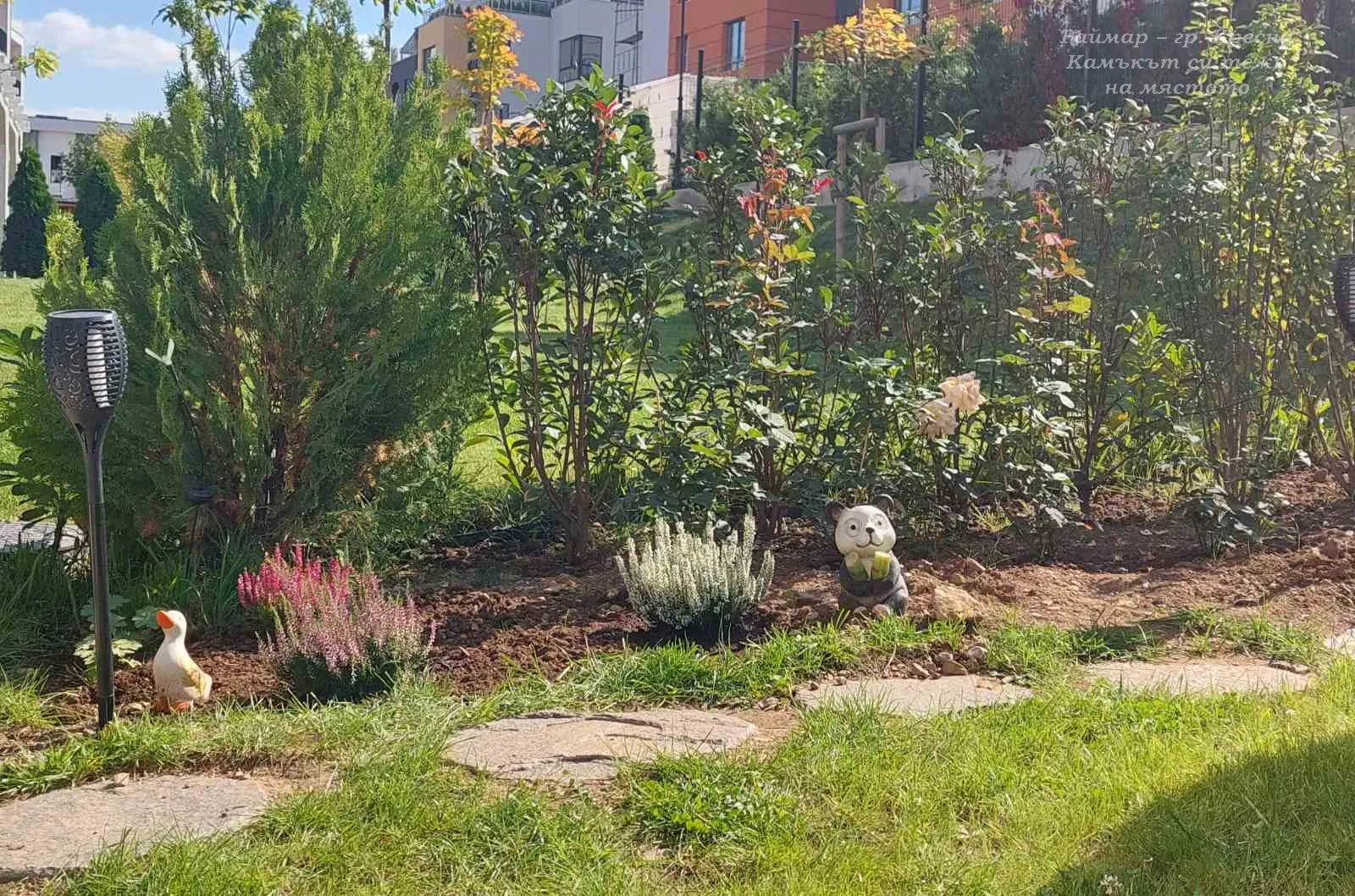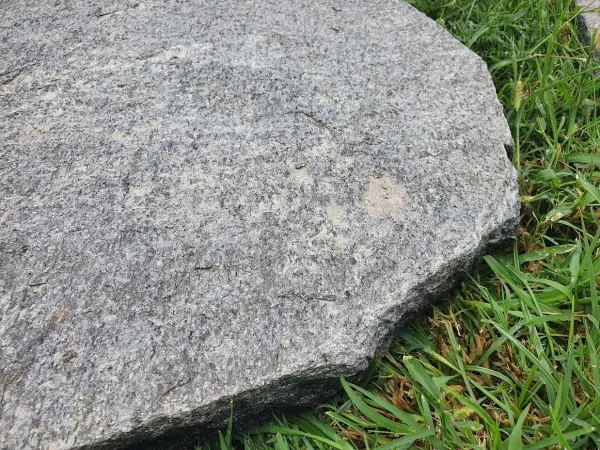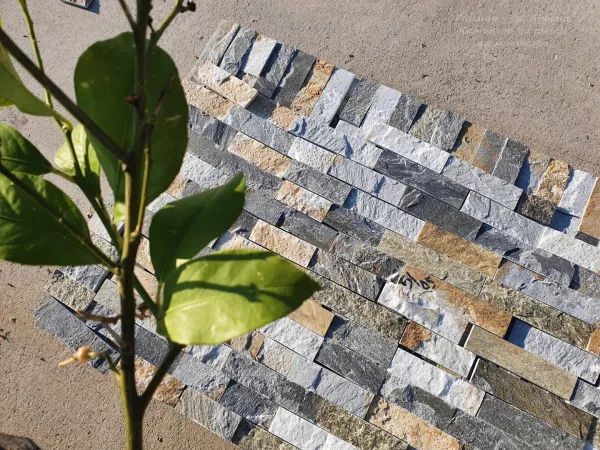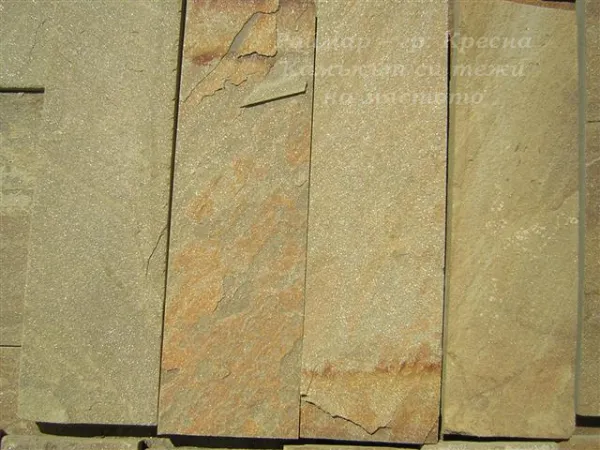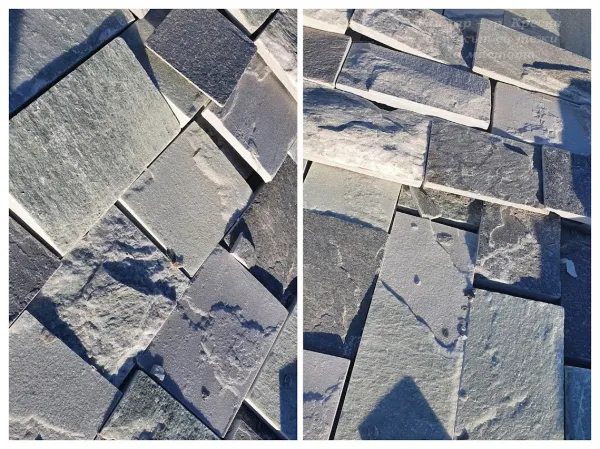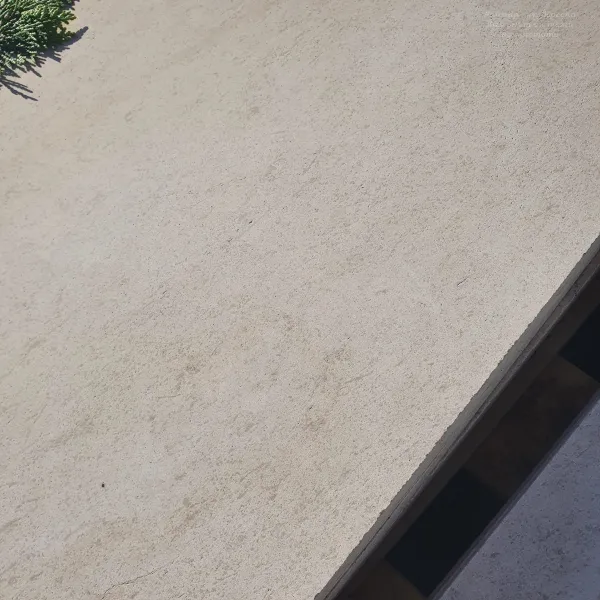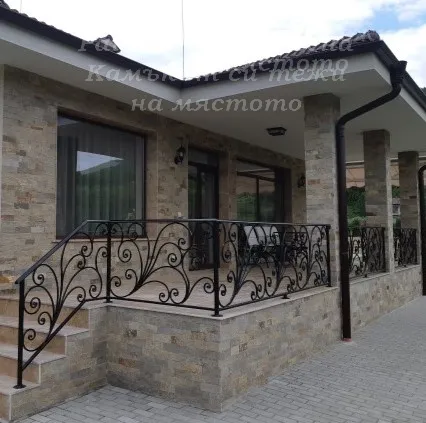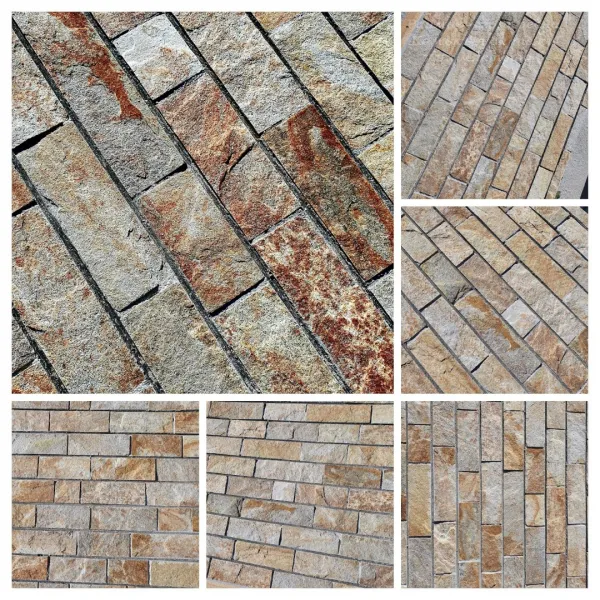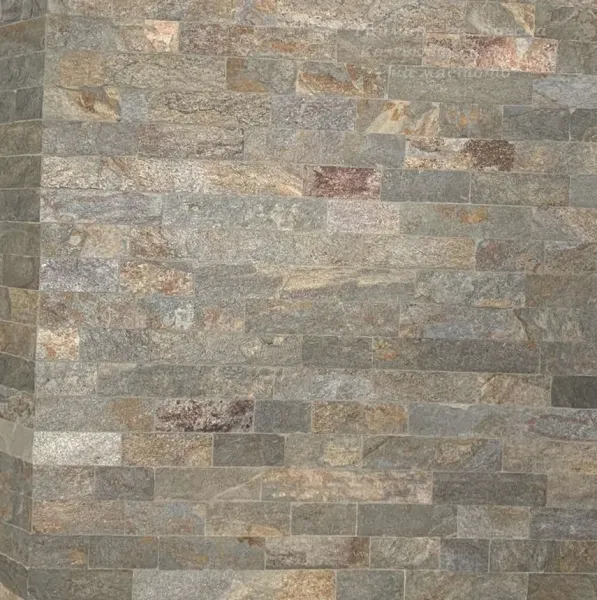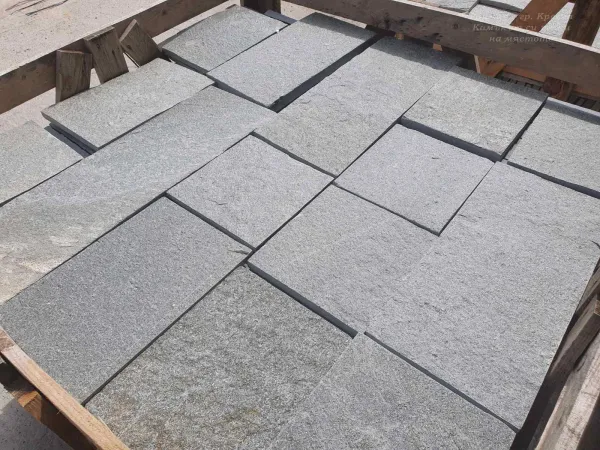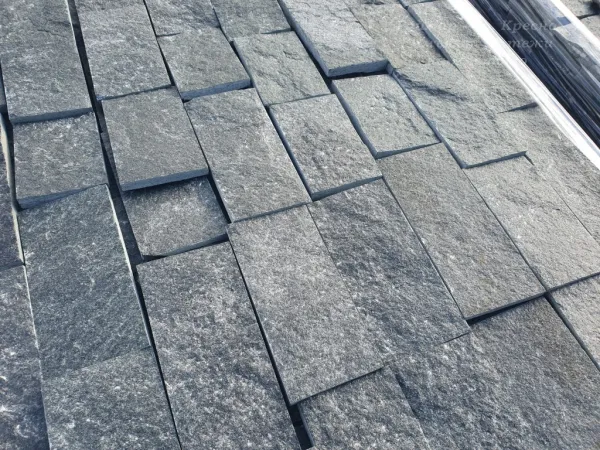Japanese MAXI Pathway Steps (45 cm +)
| Available | |
| Material | Gneiss |
| Sizes of the slates | polygonal #4/ 4-8pcs/sq.m |
| Finish | Natural |
| Price / Unit | Price for 1 piece |
| Pallet | |
| Weight per 1 sq.m | 70-80kg/sq.m |
| Natural stone specifics | Possible deviations and variations in the colors and textures of the stone tiles are expected (resulting from the natural origin and formation of the stone). |
| The cut to size stone tiles have nominal dimensions with a tolerance of up to ± 3mm (not calibrated). | |
| Always plan for a 10% advance on the net square footage | |
| Our products are handmade craftsmanship, made by artisans (stone masons). | |
| Pre-sorting by color or caliber, as well as preferences for nuances, patterns, or color variations in the stone, is not possible in advance. | |
| Protection, mandatory impregnation, and maintenance (LTP or AKEMI) | For protection against water absorption: Universal stone impregnator (LTP or AKEMI) |
| For protection against water and grease absorption: Stone impregnator Mattstone H2O | |
| Always clean natural stone with pH-neutral products only (LTP or AKEMI). | |
| For color enhancement and protection: Wet effect impregnator (LTP or AKEMI). |
Japanese MAXI Pathway Steps: Adding Harmony to Your Garden
Japanese MAXI pathway steps will bring that harmonious touch to your garden, connecting the living space with nature. This transition is an important element of any garden and deserves special attention.
The steps come in a MAXI size with a length of over 45 cm and a thickness of about 3-5 cm. Stable and massive, they create a visual accent with their beautiful texture and gray-blue color.
Steps for Creating a Beautiful and Functional Garden Pathway
A garden pathway not only creates a visually appealing accent in your yard but also offers functionality by connecting different parts of the garden. Whether you want to ease movement through your garden or add aesthetic value, building a garden pathway is a great project you can do yourself. Here are the basic steps for creating a beautiful and durable pathway.
1. Planning the Pathway
Choose a Location: The first step is to decide where exactly you want to build the pathway. Determine its purpose—whether it will lead to a specific spot like a garden gazebo, or serve as the main connection between different garden areas.
Choose a Shape and Style: Pathways can be straight or curved, depending on the style of your garden and your personal preferences. If your garden is more natural and informal, a curved pathway will better complement the design.
2. Choosing Materials
Stone: One of the most popular materials for garden pathways is stone. It is durable and adds a natural and elegant look to the pathway. You can use slabs of gneiss, granite, limestone, or marble.
3. Preparing the Ground
Outline the Pathway: Use stakes and string to mark the contours of the future pathway. This will help you see exactly how it will look on the ground.
Dig the Foundation: Dig out the soil within the marked contours of the pathway. The depth should be about 10-15 cm, depending on the chosen material. This will ensure the stability of the steps.
Lay the Base: Add a layer of gravel or sand, which will serve as drainage and provide an even base for the steps.
4. Laying the Steps
Arrange the Steps: Distribute the steps evenly along the entire length of the pathway. Leave enough space between them for comfortable walking.
Fixing: If you use stone or concrete steps, you may need to fix them with a bit of concrete mix or cement adhesive to prevent them from moving.
Leveling: Make sure each step is stable and level with the surrounding surface. You can use a level to achieve perfect flatness.
5. Finishing and Maintenance
Filling the Gaps: If there are gaps between the steps, you can fill them with soil or fine gravel. If you chose a grass pathway, plant grass between the steps.
Maintenance: Regularly clean the pathway from dirt and leaves. If you use stone or wood, apply protective coatings to extend their life.
Conclusion
Building a garden pathway is a great way to enhance the functionality and aesthetics of your yard. With proper planning, material selection, and careful execution, you can create a pathway that will complement the beauty of your garden and serve you for many years.




 Български
Български





